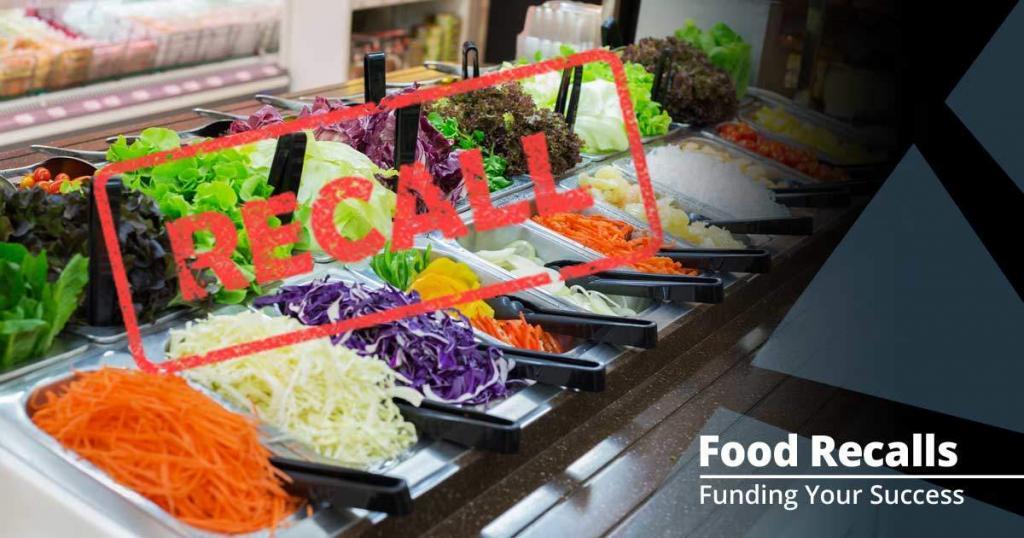How to Respond to a Food Recall
 How to Respond to a Food Recall
How to Respond to a Food Recall
As consumers, we’re hyper-aware of food recalls. As soon as the next outbreak of salmonella hits the news, we’re throwing away everything in our fridge with reckless abandon. The Centers for Disease Control and Prevention (CDC) has reported that one in six people get sick from contaminated food every year, and U.S. food regulators are recalling two times the amount of products as 10 years ago. Suffice it to say, food recalls are on the rise. What’s your role as a restaurant owner when word gets out of a new recall? Let’s dive in.
No matter how you slice it, food recalls are bad for business—and they can cause a PR nightmare if not handled properly. According to Mental Floss, “The latest recalls are always posted on the websites of the FDA and FSIS, and it’s up to those agencies to decide when a recall should be closed and when a food is safe to eat again.” The Recall Committee, which is part of the FSIS Recall Management Division, places product recalls in 3 classes:
- Class I – A Class I recall involves a health hazard situation in which there is a reasonable probability that eating the food will cause health problems or death.
- Class II – A Class II recall involves a potential health hazard situation in which there is a remote probability of adverse health consequences from eating the food.
- Class III – A Class III recall involves a situation in which eating the food will not cause adverse health consequences.
When you hear of a recall, act quickly to track down that item in your restaurant, mark it as being recalled, and isolate it from any other foods, equipment, or utensils. If you have multiple locations, it’s also imperative you communicate the recall with them.
The next step is to ensure your staff are informed of the issue and able to communicate any menu changes effectively and efficiently to your guests. You’ll then want to refer to the vendor or recall notice for information on how to dispose of the product.
After the recalled item is gone entirely from your establishment, it’s time to do a deep clean of your kitchen. We’re talking an all-hands-on-deck sterilization session. Sanitize the cutting boards and storage containers, anything that may have potentially come in contact with the affected product. And ensure your employees are practicing proper sanitation themselves with regular hand washing after the restaurant has been scoured.
Keep yourself updated on the latest recalls by checking in regularly with Foodsafety.gov, which delivers updates and information about U.S. food recalls. You can even get email notifications. As a restaurant owner, you need to be prepared for food recalls at any time. In this day and age, it’s not a matter of if they’ll happen, but when. There’s even such a thing as product recall insurance, which “covers expenses associated with recalling a product from the market.” Now we’re not saying you need to purchase this if you’re not actually manufacturing a product, but the mere existence of such an insurance is evidence enough that recalls are nothing to take lightly. So stay informed, know how to react and you’ll be good as gold the next time a food gets sent packing.

